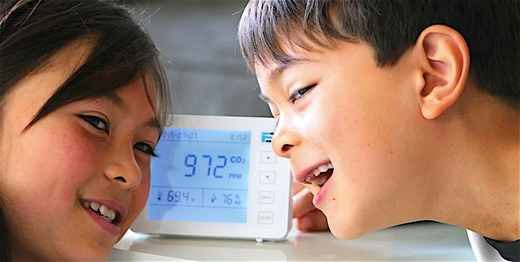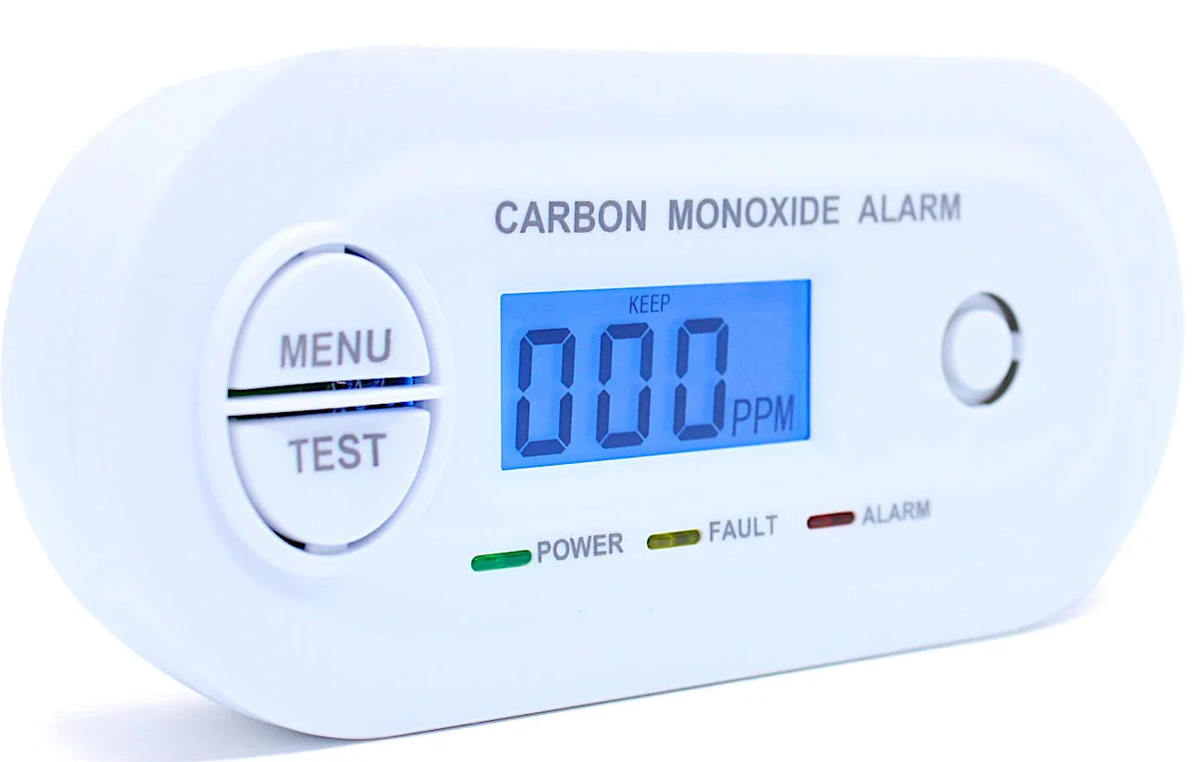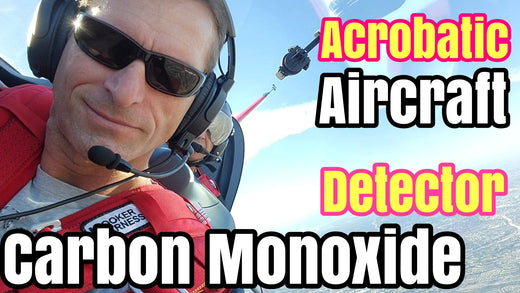Articles
Top Carbon Monoxide Detector for Emergencies (updated for 2025)
How to Test a Carbon Monoxide Detector (updated for 2025)
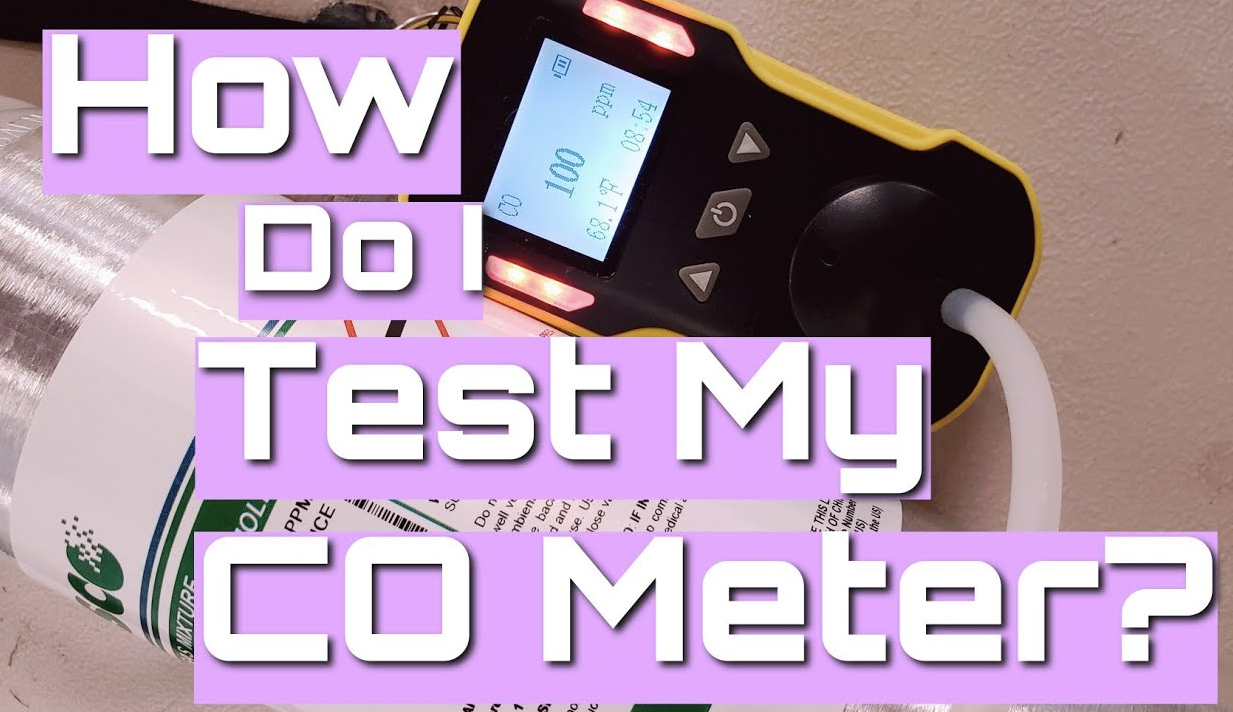
To ensure accurate functionality, it is important not to use your car's exhaust gas to test your carbon monoxide (CO) detector. Instead, it is recommended to use carbon monoxide gas that is available in a bottle or can. It is also important to periodically test carbon monoxide meters and detectors to ensure their sensitivity to carbon monoxide gas. This article presents a simple method of testing CO detectors and meters without requiring any special tools.
Best Airplane Carbon Monoxide Detector (2025 update)
Low Level Carbon Monoxide Detector (2025 update)

Best Oxygen Analyzer for Scuba and Oxygen Purity (updated for 2025)
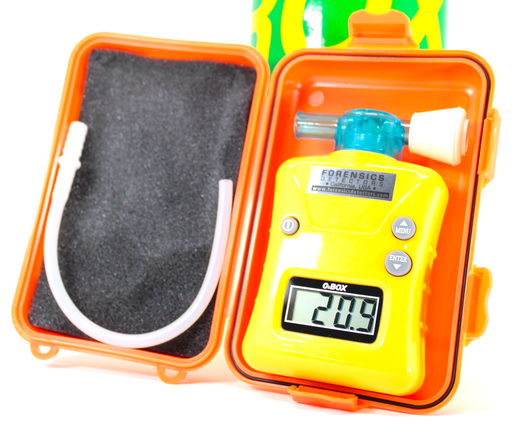
Best Headspace Analyzer (updated for 2025)
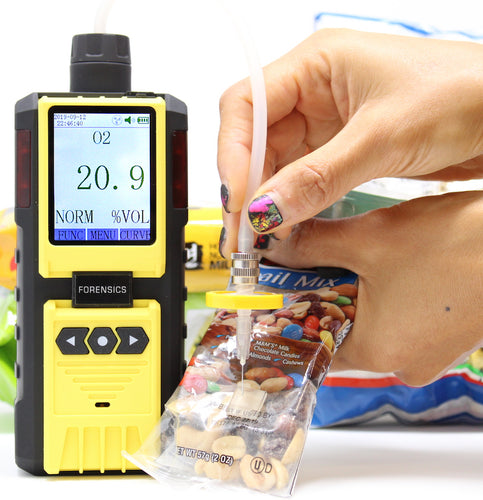
CO2 Meter on CNBC (Interview with Dr.Koz)
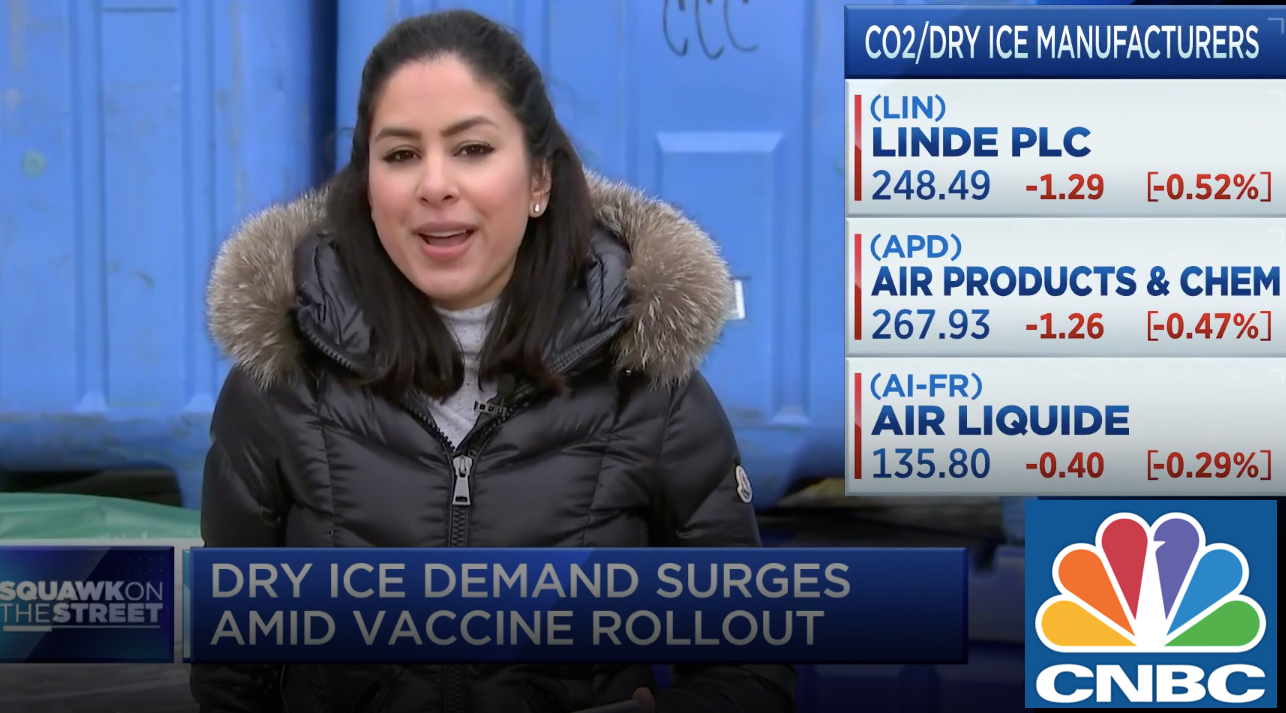
CO2 Monitor for Indoors and Schools (updated for 2025)
